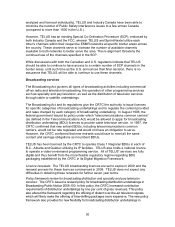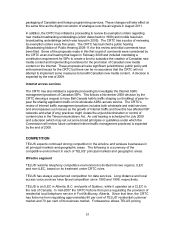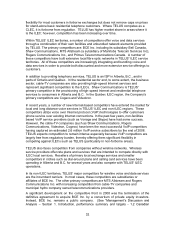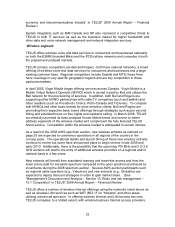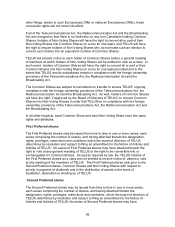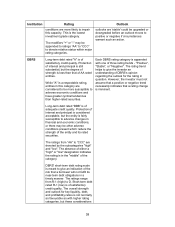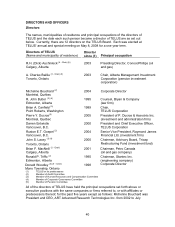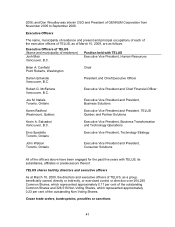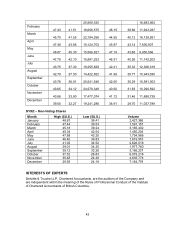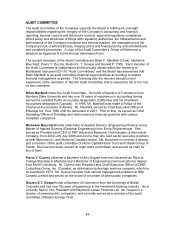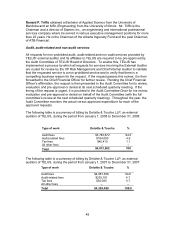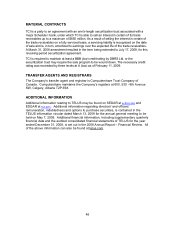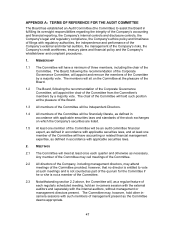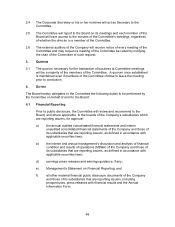Telus 2008 Annual Report Download - page 38
Download and view the complete annual report
Please find page 38 of the 2008 Telus annual report below. You can navigate through the pages in the report by either clicking on the pages listed below, or by using the keyword search tool below to find specific information within the annual report.
Institution Rating Outlook
conditions are more likely to impair
this capacity. This is the lowest
investment grade category.
The modifiers "+" or "-" may be
appended to ratings “AA” to “CCC”
to denote relative status within major
rating categories.
outlooks are 'stable' could be upgraded or
downgraded before an outlook moves to
positive or negative if circumstances
warrant such an action.
DBRS Long-term debt rated "A" is of
satisfactory credit quality. Protection
of interest and principal is still
substantial, but the degree of
strength is less than that of AA rated
entities.
While "A" is a respectable rating,
entities in this category are
considered to be more susceptible to
adverse economic conditions and
have greater cyclical tendencies
than higher-rated securities.
Long-term debt rated “BBB” is of
adequate credit quality. Protection of
interest and principal is considered
acceptable, but the entity is fairly
susceptible to adverse changes in
financial and economic conditions,
or there may be other adverse
conditions present which reduce the
strength of the entity and its rated
securities.
The ratings from “AA” to “CCC” are
denoted by the subcategories "high"
and "low". The absence of either a
"high" or "low" designation indicates
the rating is in the "middle" of the
category.
DBRS’ short-term debt rating scale
is meant to give an indication of the
risk that a borrower will not fulfill its
near-term debt obligations in a
timely manner. The ratings range
from R-1 (high) to D. Short-term debt
rated R-1 (low) is of satisfactory
credit quality. The overall strength
and outlook for key liquidity, debt,
and profitability ratios is not normally
as favourable as with higher rating
categories, but these considerations
Each DBRS rating category is appended
with one of three rating trends - "Positive",
"Stable", or "Negative". The rating trend
helps to give the investor an
understanding of DBRS's opinion
regarding the outlook for the rating in
question. However, the investor must not
assume that a positive or negative trend
necessarily indicates that a rating change
is imminent.
38




